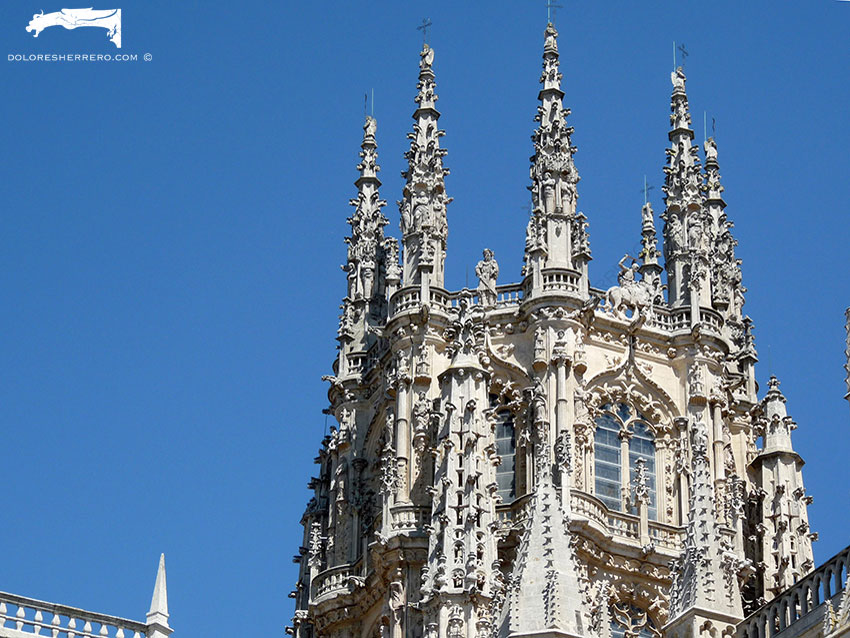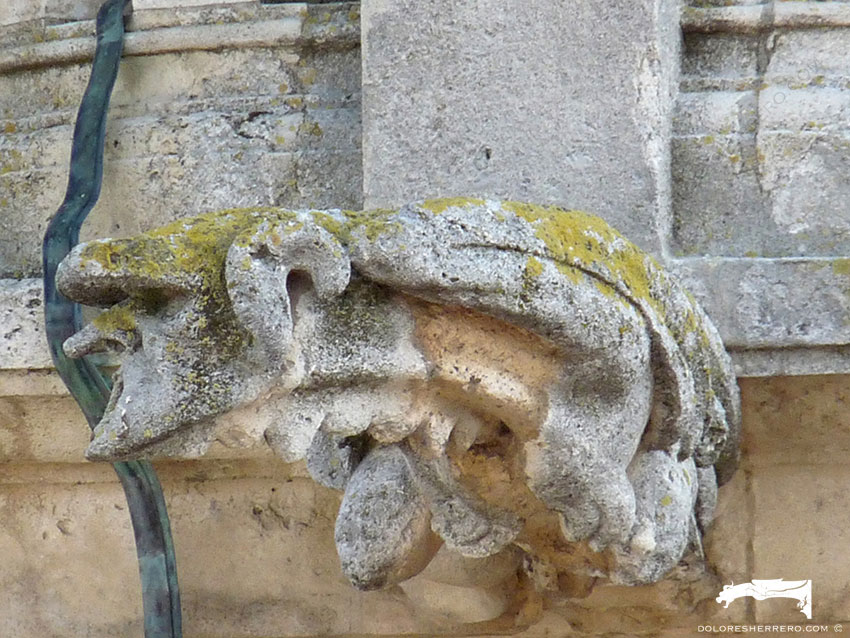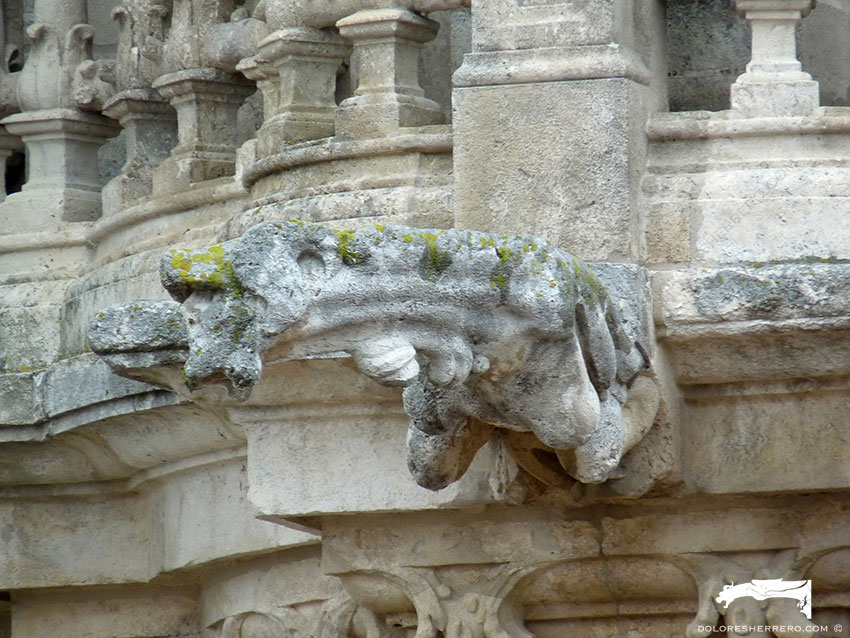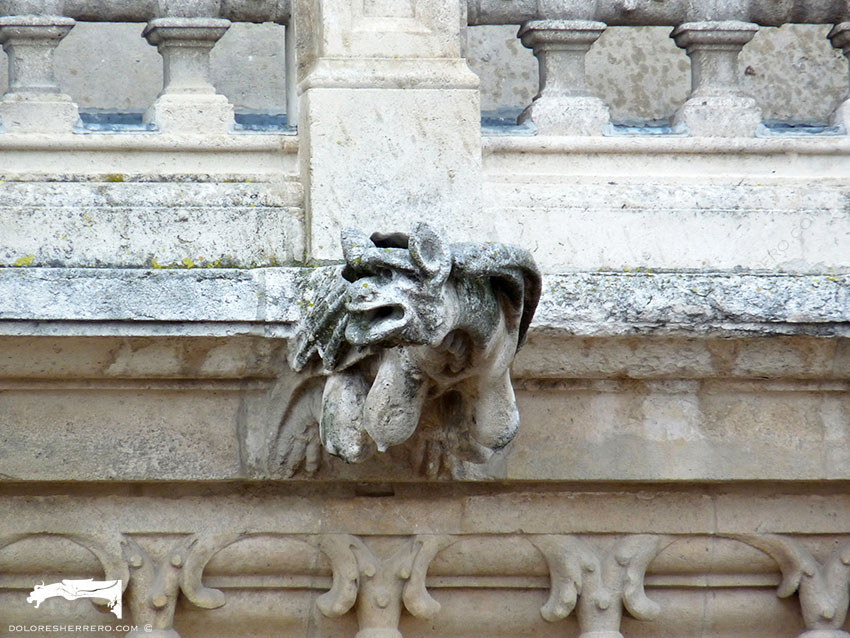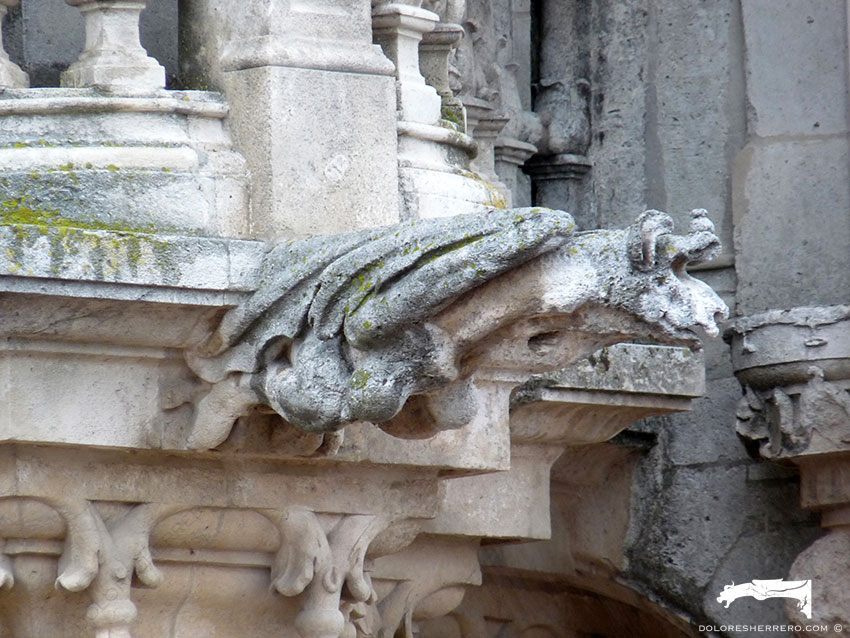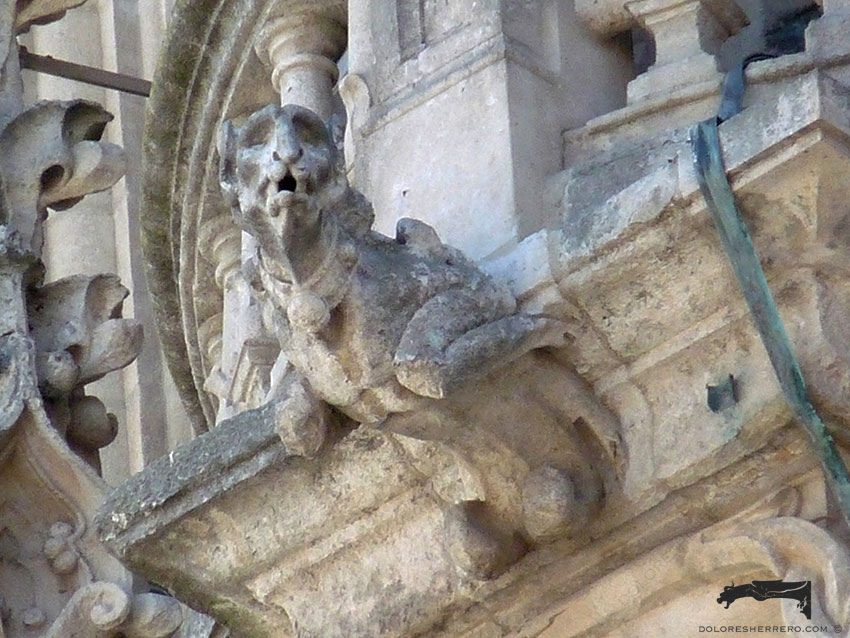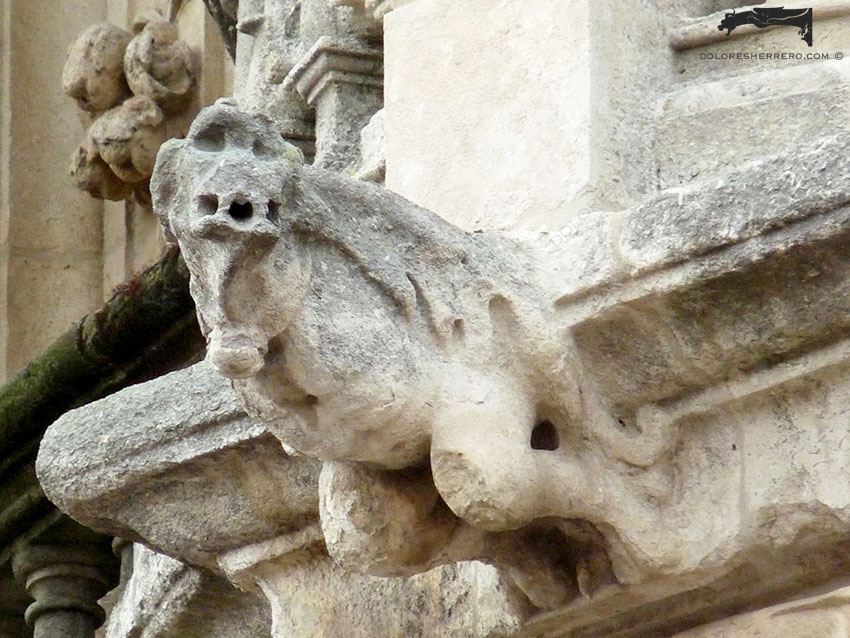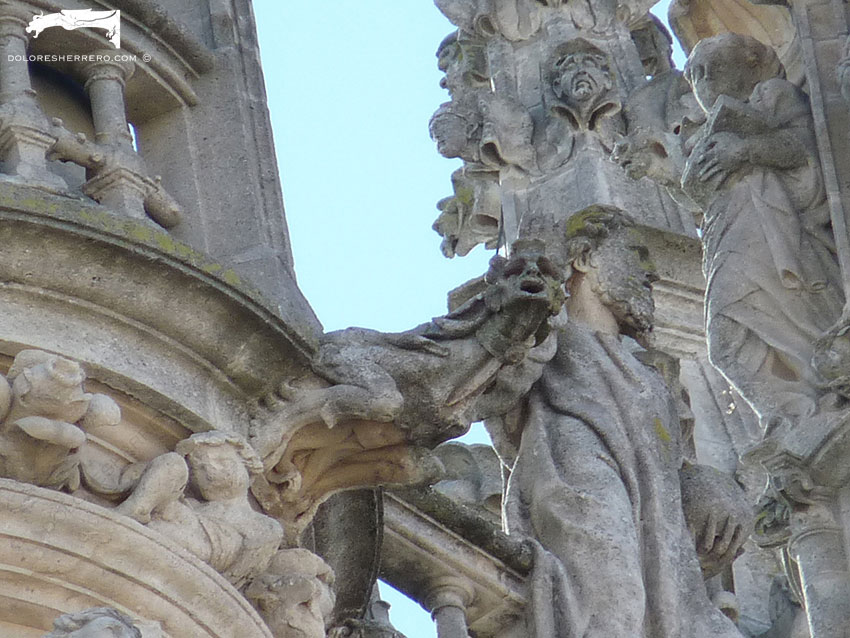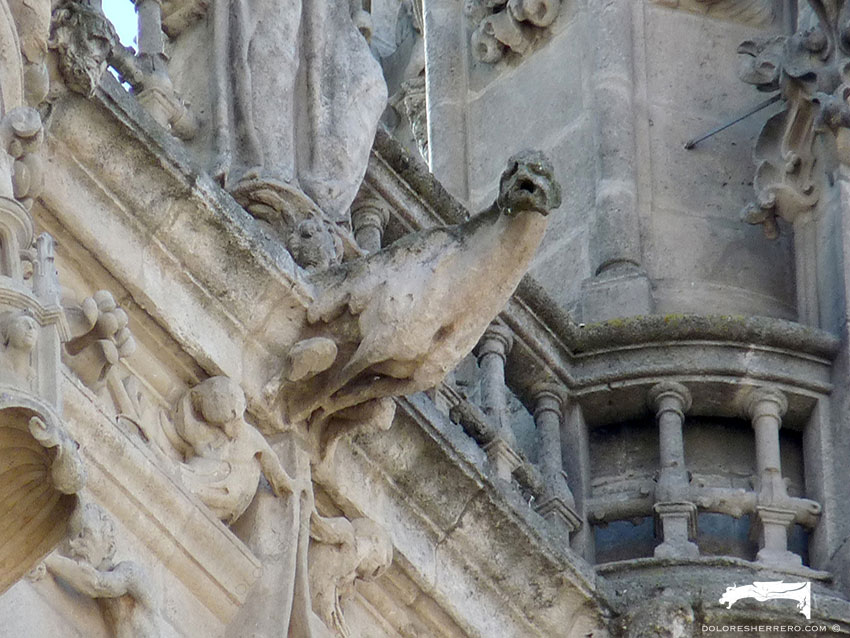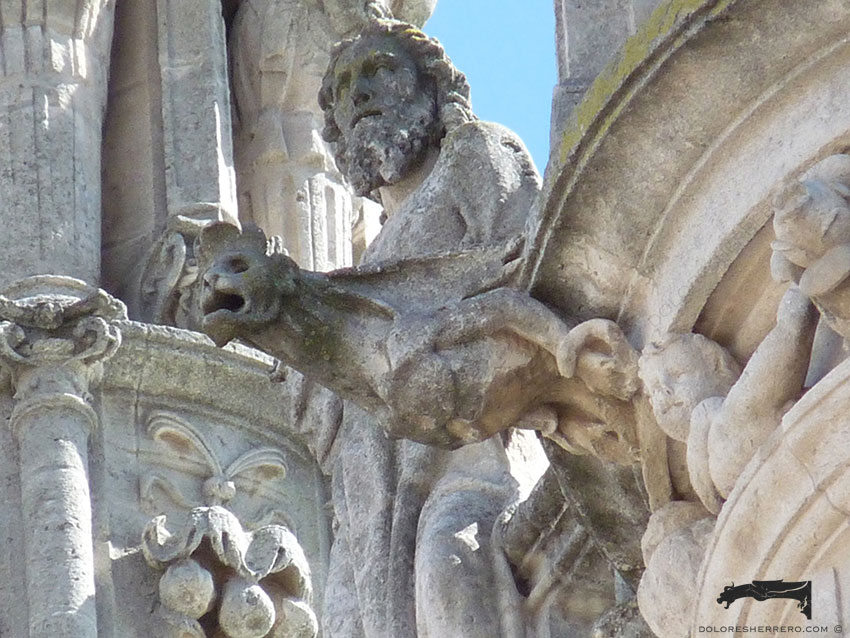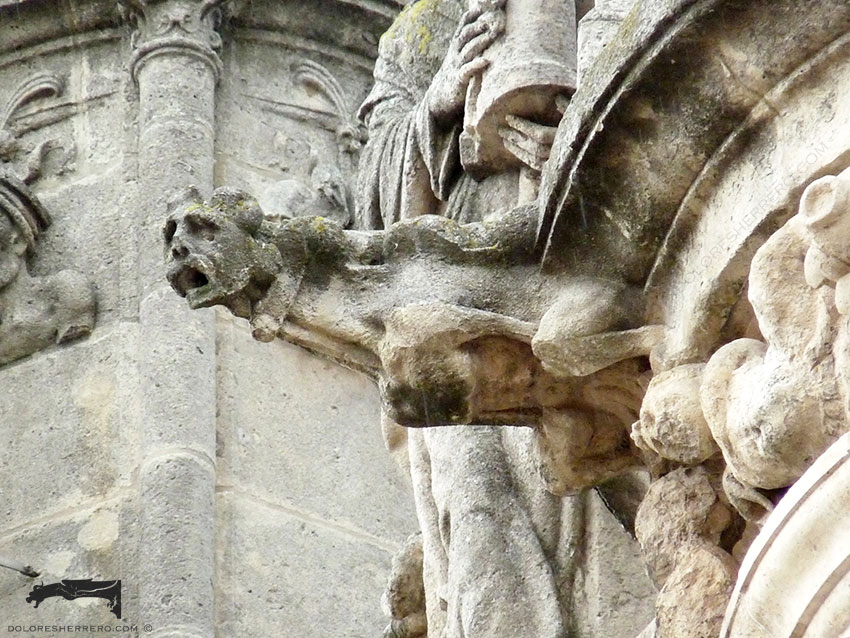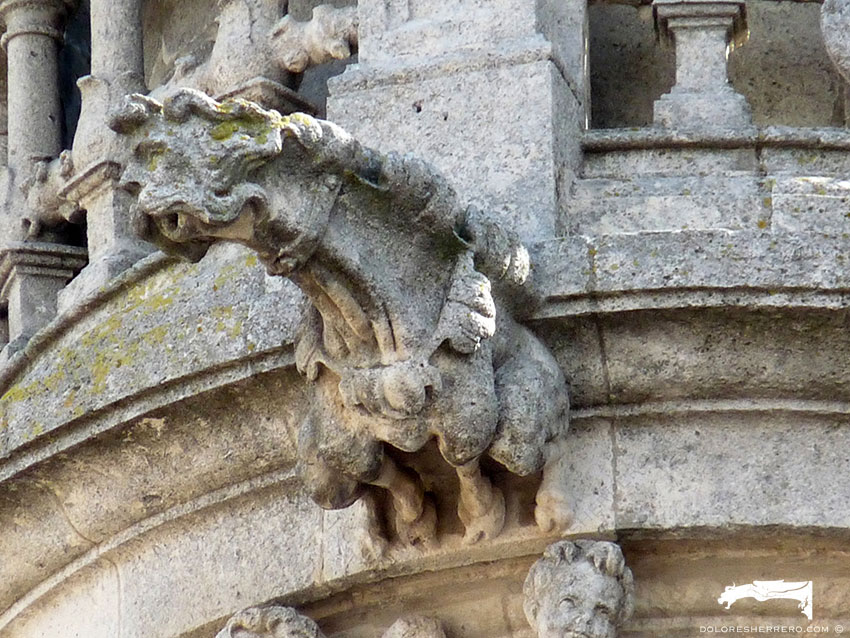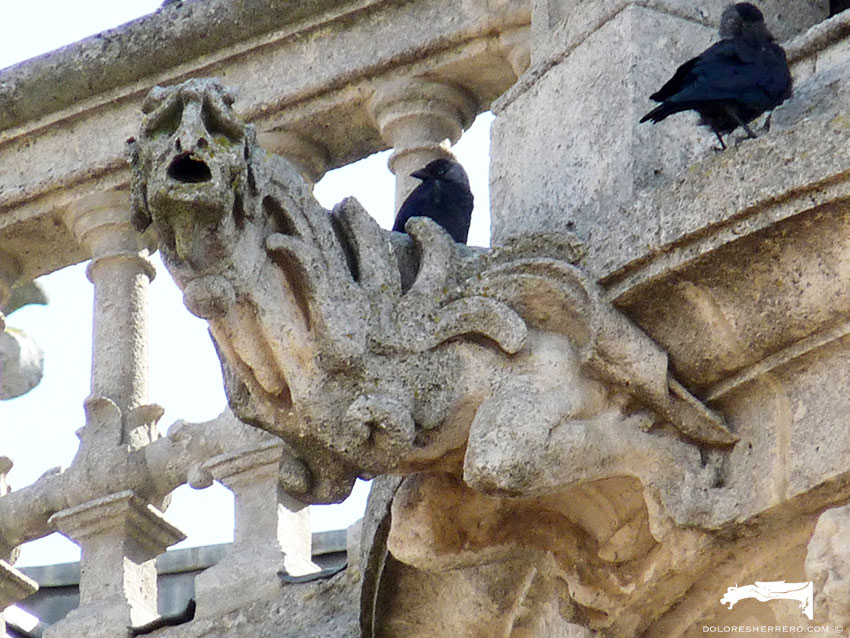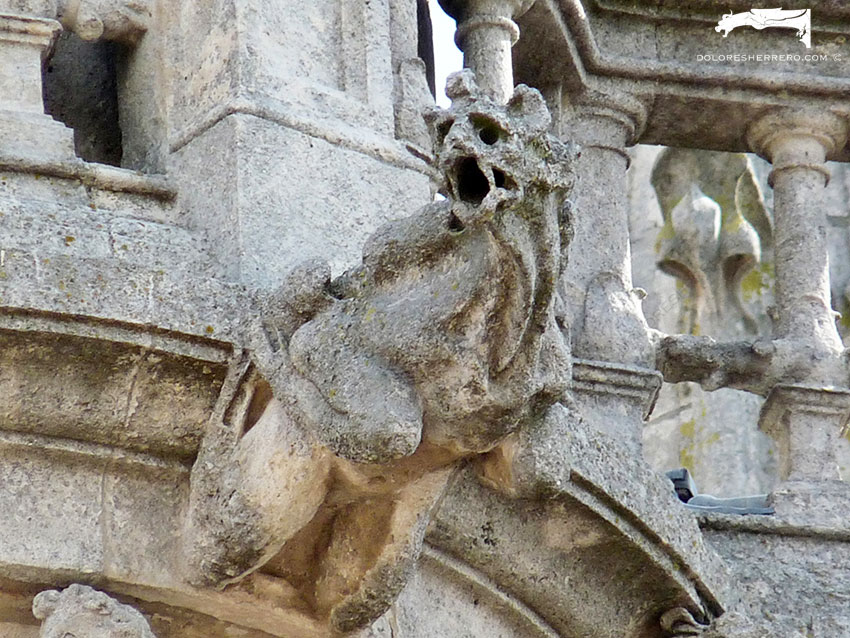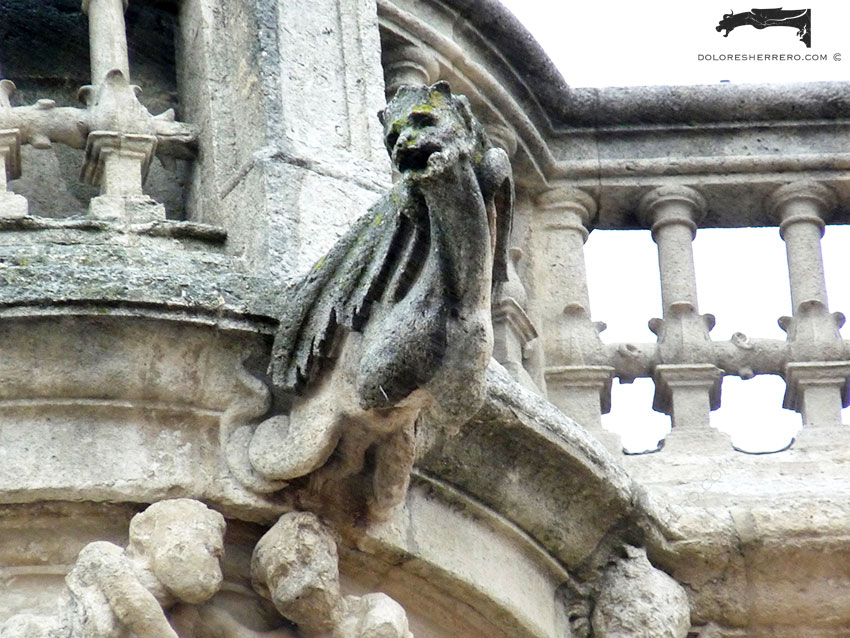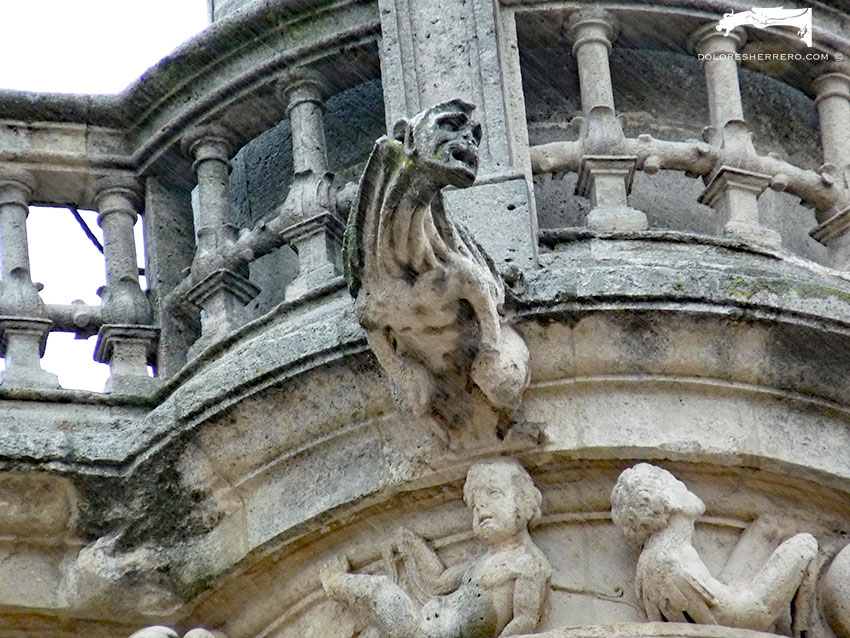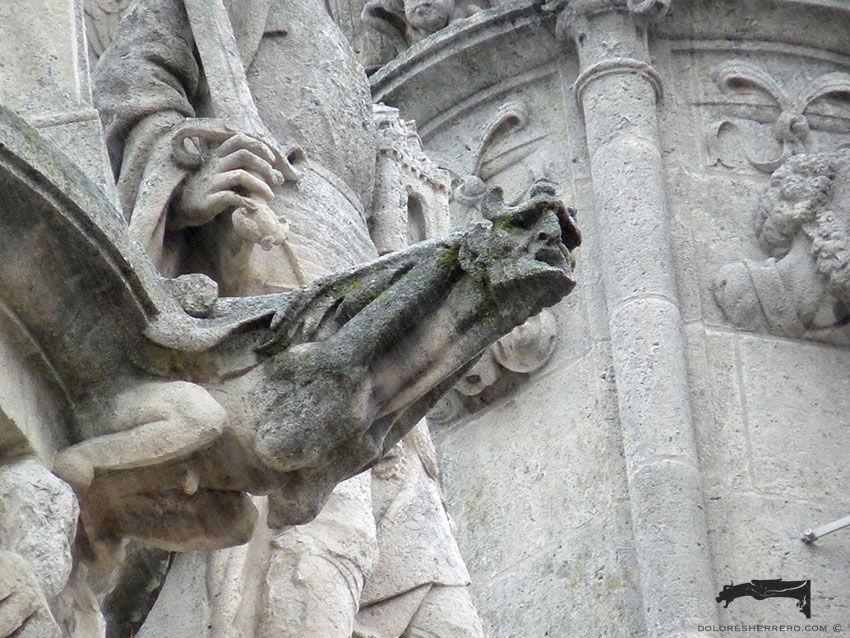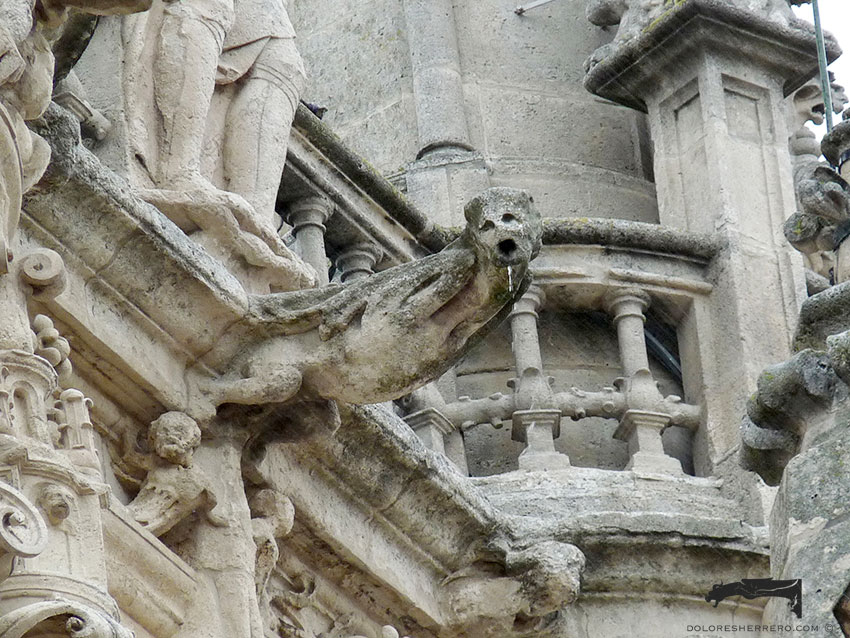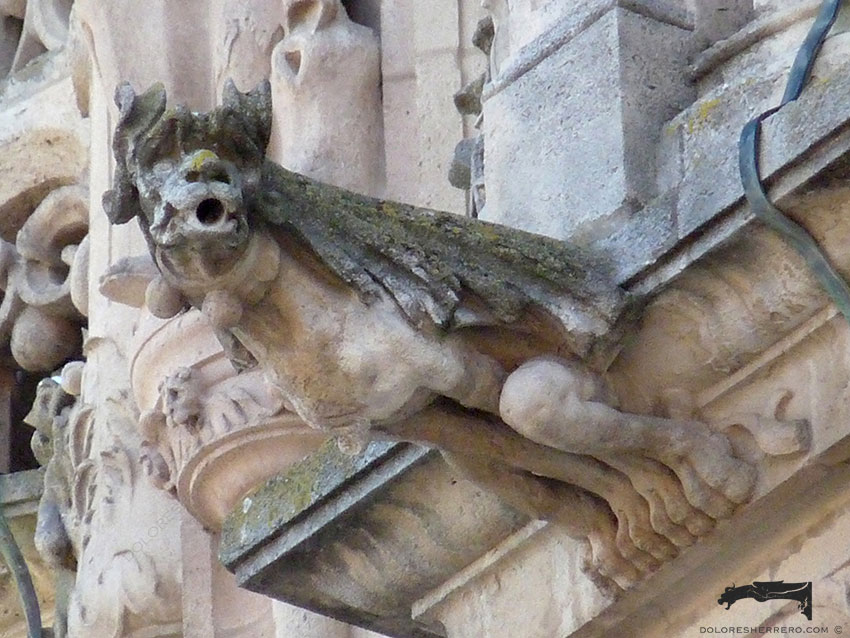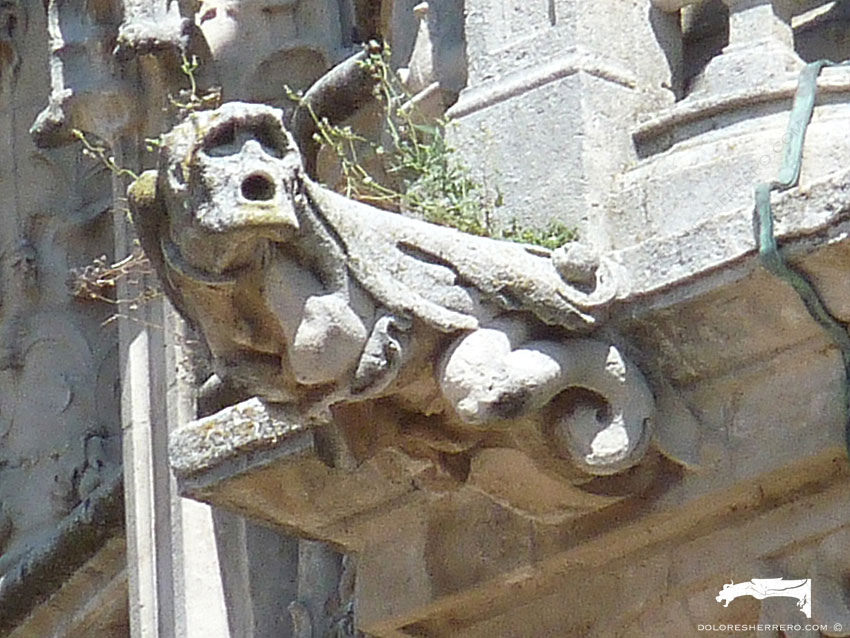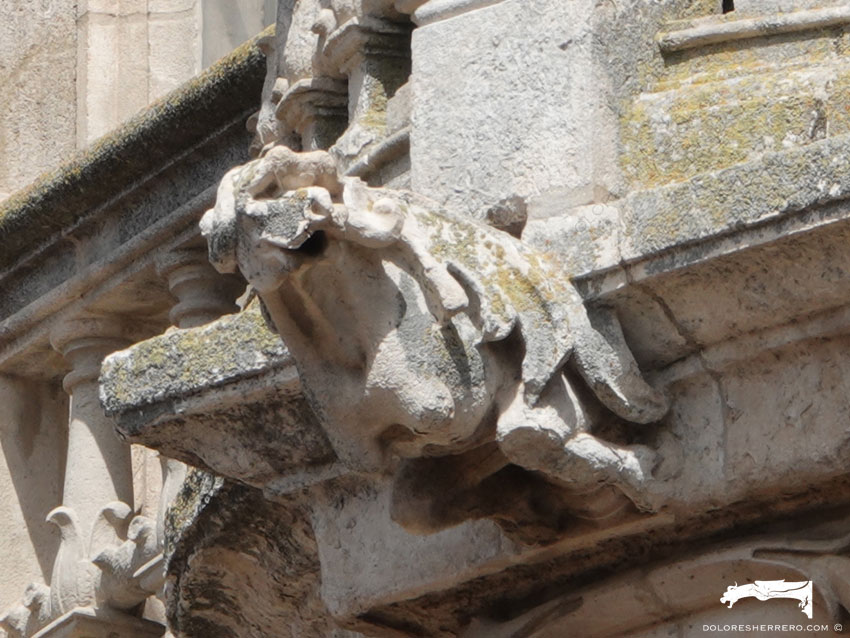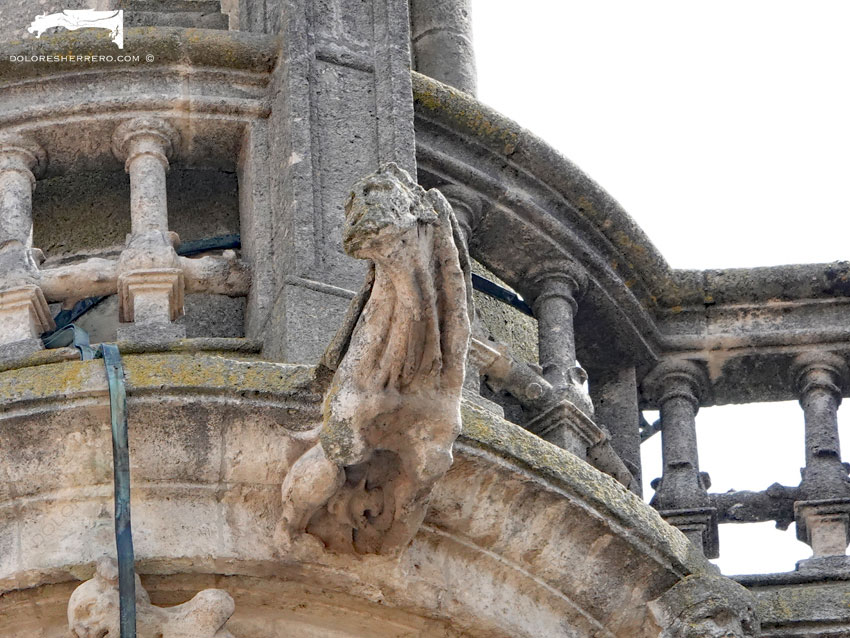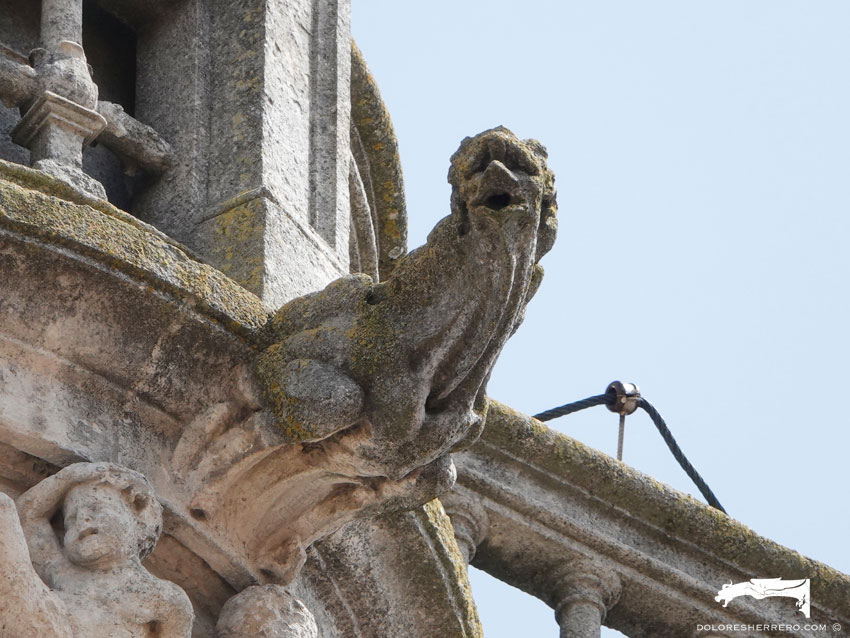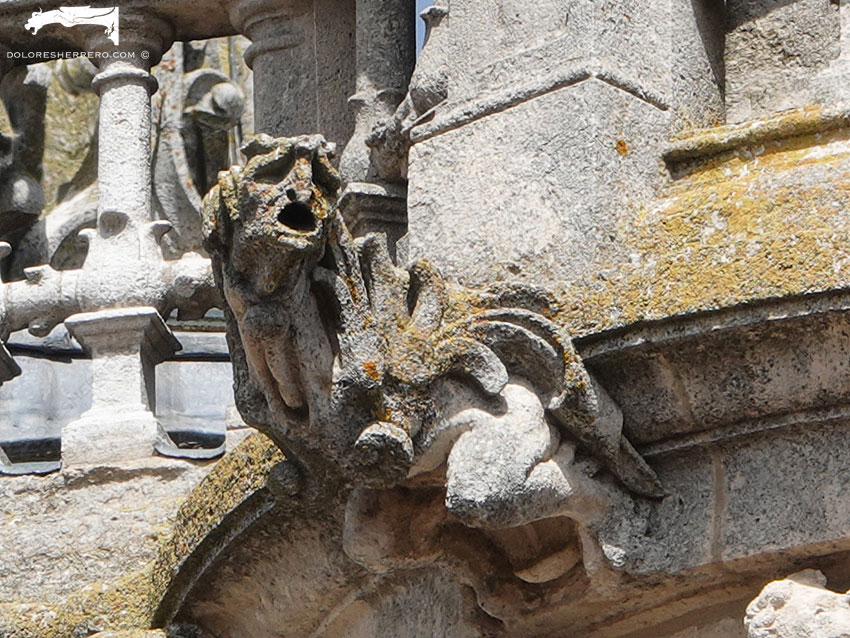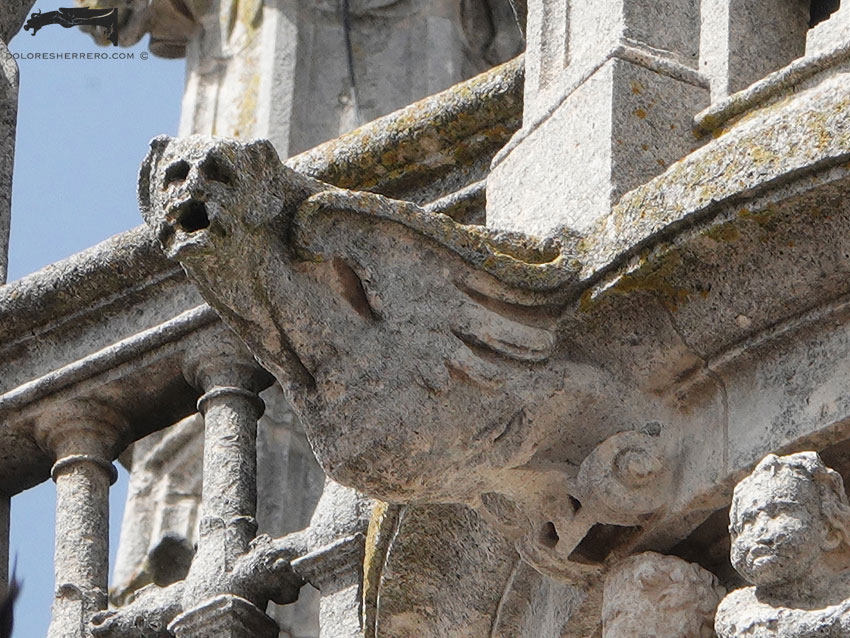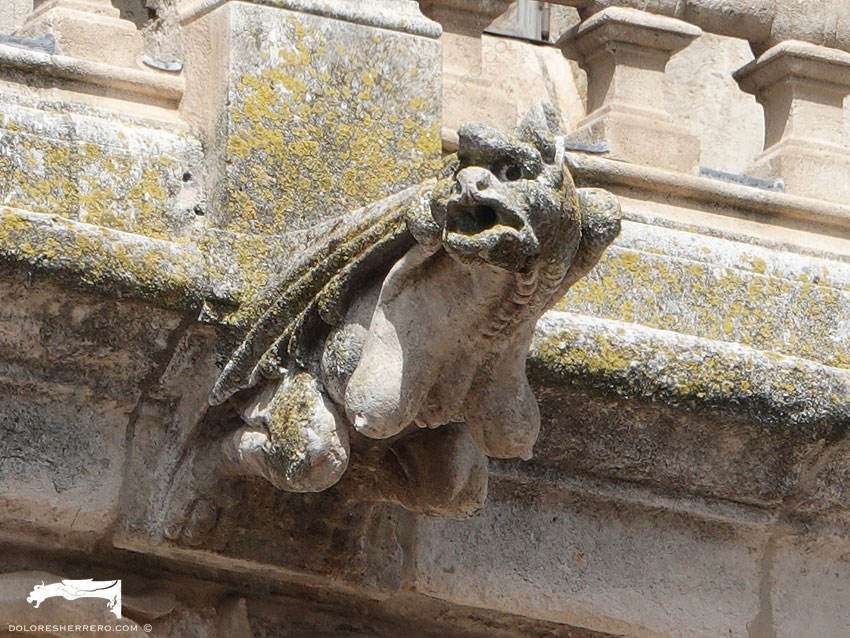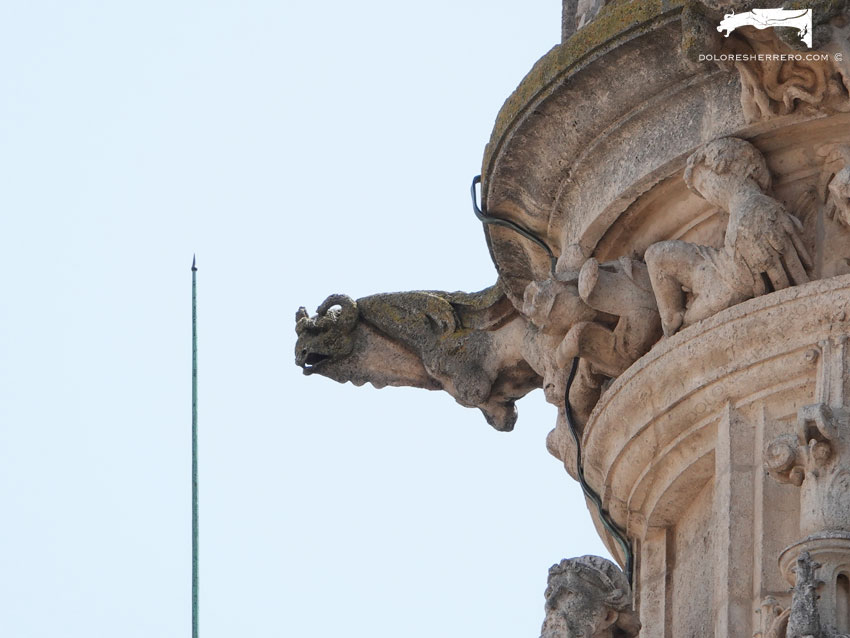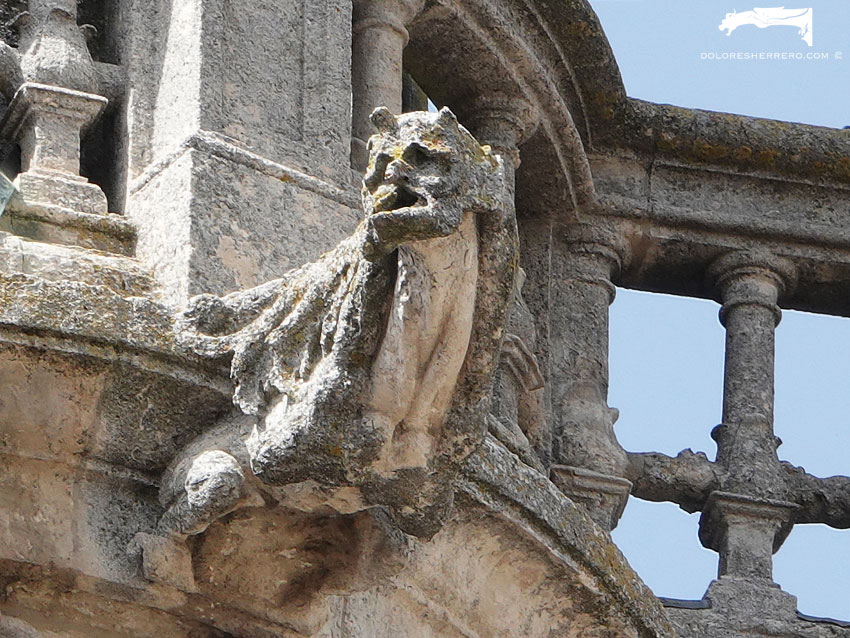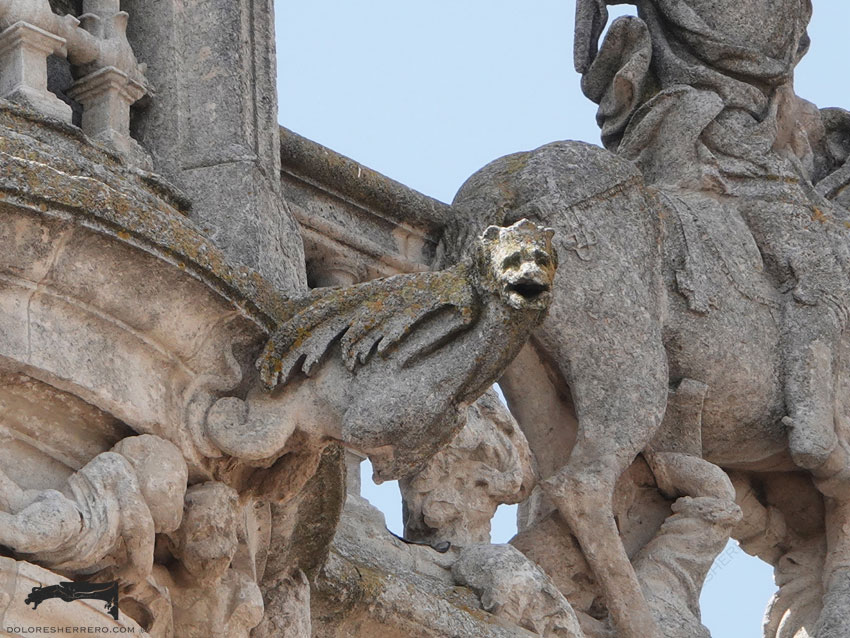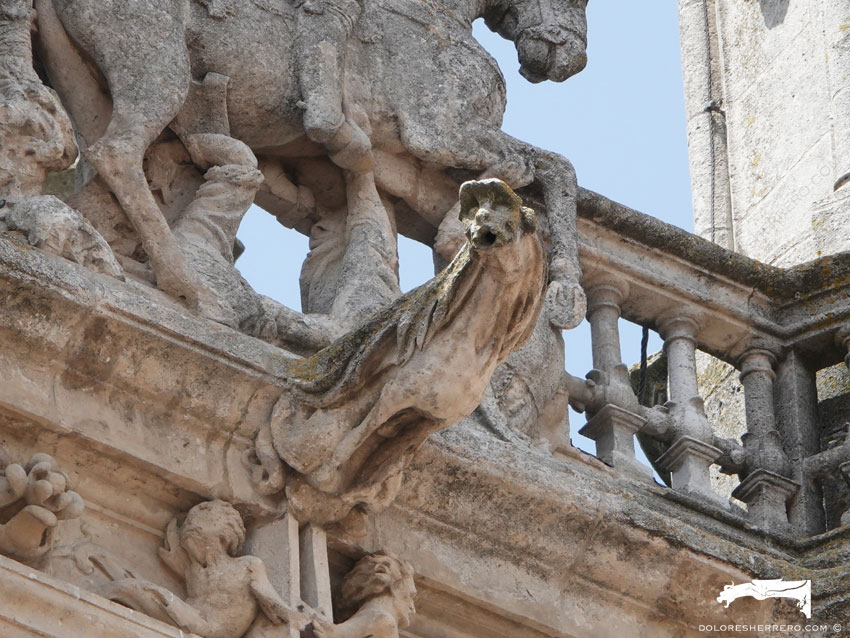When gargoyles are severed from their function as water spouts, they are transformed into pure image. Contemplating them arouses a multiplicity of emotions. They are the expression of beauty or hideousness, but above all, they are art.
In addition, gargoyles are a magnificent reflection of the artist’s creative freedom and infinite power of imagination. The incredible amalgamation of forms and beings reveals the sculptor’s creativity and his boundless capacity to carve a multitude of combinations and fantasies into stone.
The wealth of fascinating but spine-chilling detail in devil gargoyles is a testament not only to the sculptors’ formidable imagination but also to their feeling of absolute creative freedom and even sometimes their audacity and desire to provoke. These sculptors’ artistic self-determination or autonomy is clearly evidenced by this dazzling demonstration of imagination, with fabulous creations that can be seen above all in the great cathedrals.
Today, we’re going to visit the beautiful Cathedral of Burgos (Spain) to see the stunning devils of the lantern tower. But first, let’s start with this excellent quote on the splendid Cathedral of Burgos: “Preceded by a spiritual past intimately imbued with the glories of Castile, the period from 1221 to 1568 kindled an unparalleled vision of stone that inspired a cathedral ennobled in its robust simplicity by the purest elements of classic Gothic style” (López Mata, 2008, p. 185).
Although there are many different types of gargoyle, it is demonic iconography that prevails in most cathedrals. This overwhelming abundance of devil figures is probably related to the contrast between evil and sin (cathedral exterior) and good and holy (interior of the cathedral). In addition, we shouldn’t forget the idea that indisputably existed in mediaeval times of demonstrating the existence of evil to the community.
The gargoyles of the lantern tower at the Cathedral of Burgos form an exceptional example of depictions of the Devil. These gargoyles display the characteristic features of the demonic type as well as other original details unique to the devils in this cathedral.
In general, the gargoyles are large, elongated and stylised and their shapes and details have been beautifully sculpted, with such an impressive sense of volume and fluidity that the figures seem alive, transmitting sensations and textures (flaccidity, tension, repulsion).
Among their most notable characteristics we have their leaf-shaped wings, usually large leaves that I call “Acanthus wings”, and they also have leaves on their genitals. Their bodies have protuberances and flaps. We see very straight arms, sometimes inserted into the body or simply lacking them. There are also women’s breasts; we’ve already discussed the association between the devil and women in the Middle Ages and depictions of the devil with drooping breasts, an image repeated in many of the gargoyles as well as the choir stalls in this cathedral. Their necks are expressive, with deep hollows and prominent windpipes suggesting tension. Sometimes their front and hind legs are bent backwards as if dislocated, an image that appears in other depictions of devils, like those in the 14th century manuscript of Dante’s Divine Comedy, and they end in insect-like pincers or claws, a trait that also appears in a drawing of a capital in Vézelay Abbey (France) from the 11th century. There are also the hind legs of a billy goat with cloven hooves or ending in coiled serpents, a feature that can also be seen in some of the grotesques in the interior of the cathedral. Their bellies are sometimes distended and ugly and their skins are rough and sometimes reptilian or dragonish. Some wear collars ornamented with balls around their necks. Their heads have prominent, bulging foreheads and brows, crests, backwards curving horns and pointed or long curved ears. The mouths sometimes have two long fangs, some have flaps at the sides and others, long whiskers. Many are anthropomorphs, and some gargoyles possess a very unique feature: the eyes, nose and mouth are ominous cavities that endow the face with the eerie appearance of a skull, conferring an expressionist air. Some of the expressions depict pain and suffering. These are faces that are unnerving to behold.
The gargoyles of the lantern tower are terrifying, but at the same time beautiful. The sculpting of the figures is exceptional, with such expressive gestures that they prompt a shiver in whoever looks at them. These are unique and impressive sculptures, superb, frightening, original, chilling, eerie and unnerving. But above all, they are works of art of exceptional beauty and extraordinary fantasy and imagination.
As an example of artistic excellence both in style and iconography, the gargoyles of the Cathedral of Burgos form part of the magnificent artistic heritage of Spain.
The gargoyles
- Catedral de Burgos
- Catedral de Burgos
- Catedral de Burgos
- Catedral de Burgos
- Catedral de Burgos
- Catedral de Burgos
- Catedral de Burgos
- Catedral de Burgos
- Catedral de Burgos
- Catedral de Burgos
- Catedral de Burgos
- Catedral de Burgos
- Catedral de Burgos
- Catedral de Burgos
- Catedral de Burgos
- Catedral de Burgos
- Catedral de Burgos
- Catedral de Burgos
- Catedral de Burgos
- Catedral de Burgos
- Catedral de Burgos
- Catedral de Burgos
- Catedral de Burgos
- Catedral de Burgos
- Catedral de Burgos
- Catedral de Burgos
- Catedral de Burgos
- Catedral de Burgos
- Catedral de Burgos
- Burgos Cathedral (Spain)
- Catedral de Burgos
- Catedral de Burgos
- Catedral de Burgos
- Catedral de Burgos
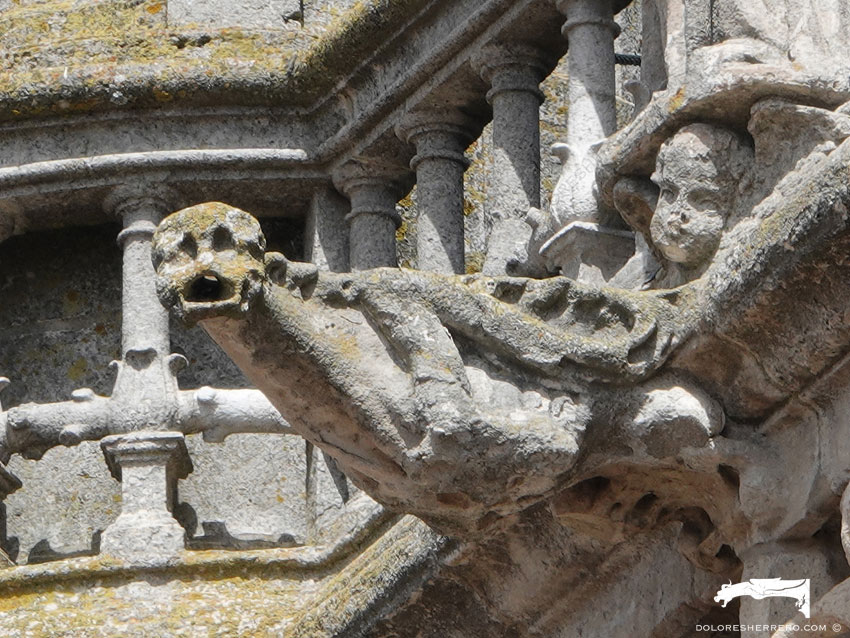
Bibliography consulted
LÓPEZ MATA, T., La Catedral de Burgos, Burgos, Instituto Municipal de Cultura y Turismo, 2008.

Doctor of Art History and researcher specializing in the study of gargoyles.
I am Dolores Herrero Ferrio, and my thesis, “An Approach to the Study of Gargoyles of Gothic Cathedrals in Castilla and León”, is dedicated to the study of these fascinating figures.
If you like gargoyles and art history, you will also enjoy my book, “The Gargoyle and Its Iconography,” a book I have written with great care for those interested in the world of gargoyles.
I have created my own Encyclopedia of Gargoyles, a Gargopedia to share with you, where you will discover all the secrets and wonders of these enigmatic sculptures.
I hope you enjoy this Gargopedia as much as I have enjoyed creating it, and remember that each gargoyle has a story to tell, and here you will discover them all.
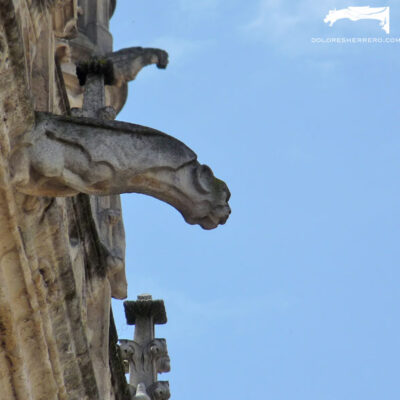 Gargoyles with Bat-like Wings: Dante’s Vision of the Devil
Gargoyles with Bat-like Wings: Dante’s Vision of the Devil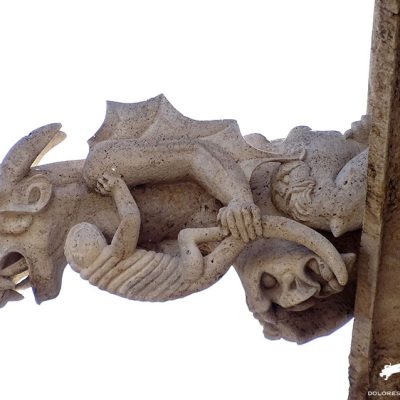 Gargoyles and the Representation of the Devil: Part One
Gargoyles and the Representation of the Devil: Part One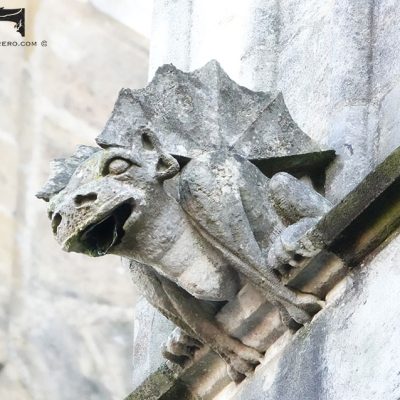 Gargoyles and the Representation of the Devil: Part Two
Gargoyles and the Representation of the Devil: Part Two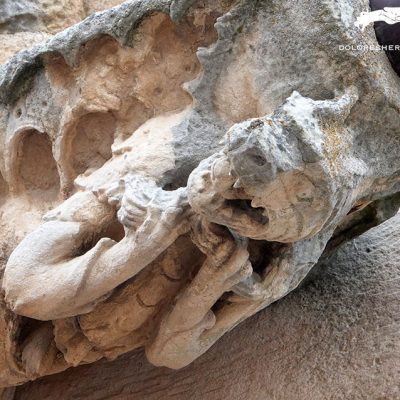 Gargoyles and the Representation of the Devil: Part Three
Gargoyles and the Representation of the Devil: Part Three Gargoyles and the Representation of the Devil: Part Four
Gargoyles and the Representation of the Devil: Part Four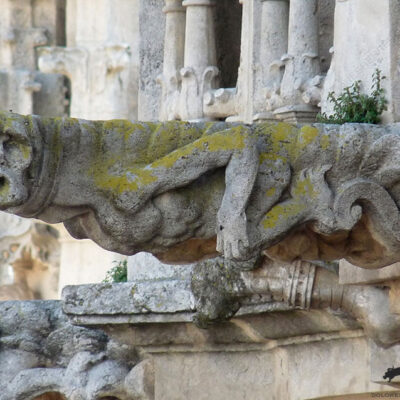 Las gárgolas del cimborrio de la Catedral de Burgos
Las gárgolas del cimborrio de la Catedral de Burgos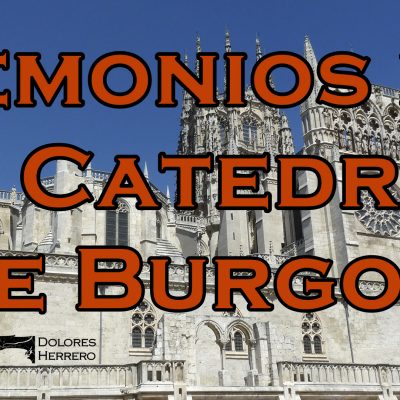 Gargoyles of Demonic Figures at Burgos Cathedral
Gargoyles of Demonic Figures at Burgos Cathedral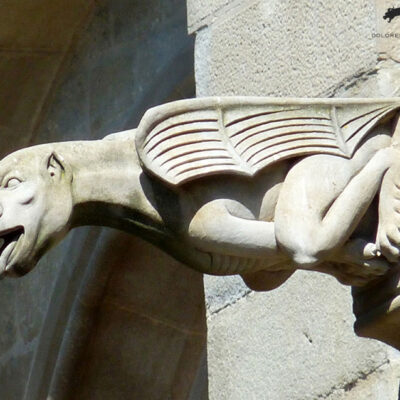 The Gargoyles and its Creator
The Gargoyles and its Creator #2 The Gargoyle as an Architectural Water Spout
#2 The Gargoyle as an Architectural Water Spout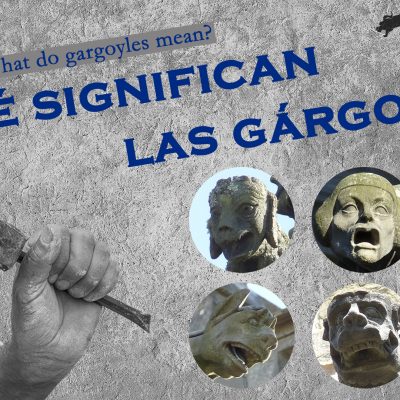 #23 Symbolic Functions of Gargoyles. What Do Gargoyles Mean?
#23 Symbolic Functions of Gargoyles. What Do Gargoyles Mean?
